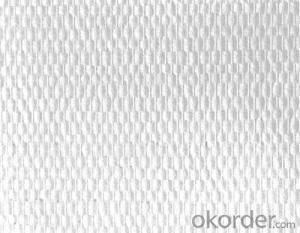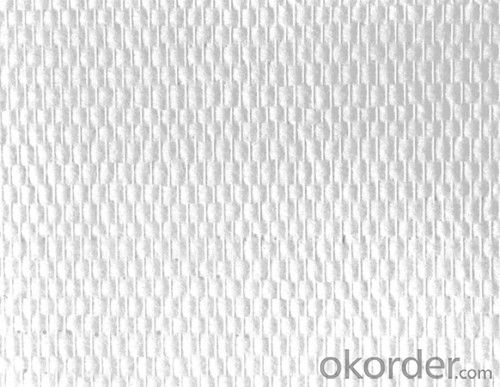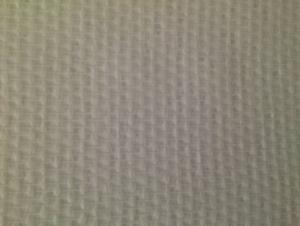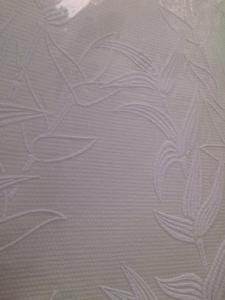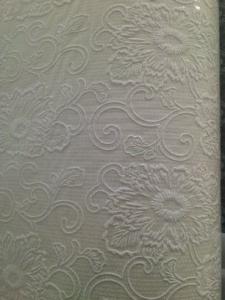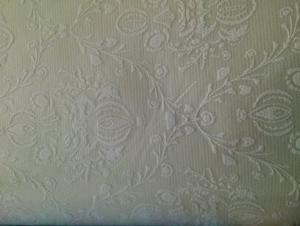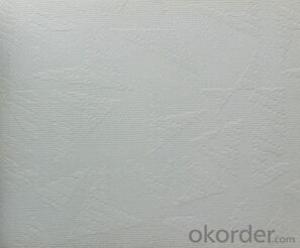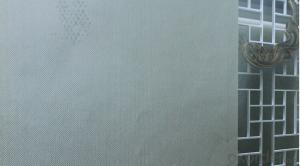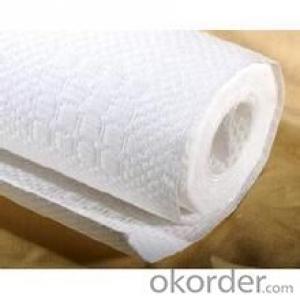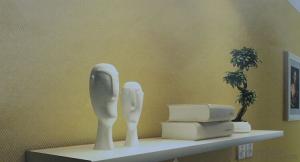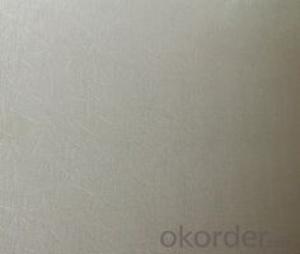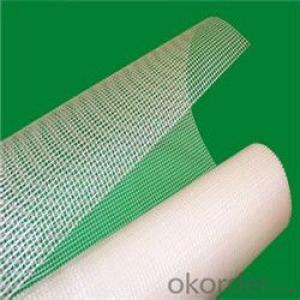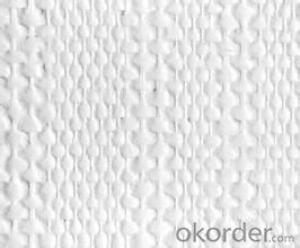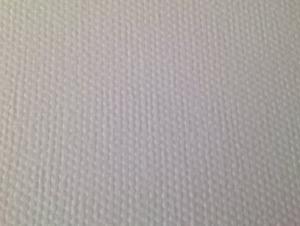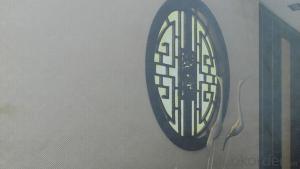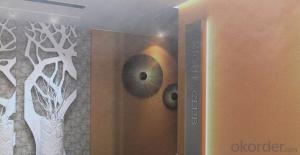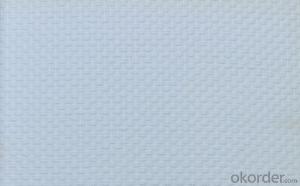Fiberglass Wallcovering Cloth - High Quality, Good Price
- Loading Port:
- Shanghai
- Payment Terms:
- TT OR LC
- Min Order Qty:
- 1000 m²
- Supply Capability:
- 50000 m²/month
OKorder Service Pledge
OKorder Financial Service
You Might Also Like
SPECIFICATION
Collection name
Supreme-K
Material
Now-woven with Gravure printing
Roll Size
0.53mx10m (5.3 sqm/roll)
Paper Weight
About 0.742kgs/per roll
Designs
Thousands of designs and accept customized
Place of Origin
Linyi, Shandong, China
MOQ
1 Roll
Usage
Home decoration, Background wall, Project wall
PAYMENT STYLE
Escrow
100%
Paypal
100% and for small orders
Western union
30% deposit ,balance to be paid before shipment.
Letters of Credit (L/C)
30% deposit ,balance to be paid before shipment.
Telegraphic Transfer (TT,T/T)
30% deposit ,balance to be paid before shipment.
PACKAGE | |
Packing | Inside, Each roll is packed by shrink film with a middle label on it. 16 rolls/carton |
Carton Size | Eg: 320mm*320mm*555mm |
20ft Container Load | 8000 rolls |
40ft Container Load | 16000 rolls |
Production Capacity | 8000 rolls/day |
Delivery time | 15 days after receiving 30% deposit |
- Q: What are the installation requirements for fiberglass wallcovering cloth?
- The installation requirements for fiberglass wallcovering cloth typically involve a few key steps. First, the surface where the cloth will be applied should be clean, smooth, and free of any loose debris or contaminants. This may involve removing any old wallpaper, patching any cracks or holes, and sanding down any rough spots. Next, it is important to properly measure and cut the fiberglass cloth to fit the desired area. It is recommended to leave a small overlap at the edges to ensure a seamless finish. The cloth can be cut using a sharp utility knife or scissors. Once the cloth is cut, it should be soaked in warm water for a few minutes to activate the adhesive backing. The cloth should then be applied to the wall, starting from the top and working downwards. It is important to smooth out any air bubbles or wrinkles as you go, using a smoothing tool or a clean, damp cloth. It is also important to ensure that the cloth is properly aligned and straight, especially if using multiple pieces. Any excess cloth at the edges can be trimmed off once the installation is complete. After the cloth is applied, it is recommended to let it dry completely before applying any paint or other finishes. This typically takes around 24 hours, but can vary depending on factors such as temperature and humidity. Overall, the installation of fiberglass wallcovering cloth requires careful preparation of the surface, precise cutting and application of the cloth, and proper drying time. Following these installation requirements will help ensure a successful and durable finish.
- Q: Fiberglass (sea cloth) shortcomings
- 1) prevent wall cracking!!! Now the walls are pouring, it is easy to crack. I went to a neighbor saw her is pure paint brush, but now there have been some big wall irreparable rift, at that time I was very glad that they put up ten!! Once and for all!!!2) the seam wallpaper is exposed in the air, sooner or later after oxidation cracking, but the seam is covered with fiberglass paint, after a long time will not crack.
- Q: Is fiberglass wallcovering cloth resistant to moisture?
- Yes, fiberglass wallcovering cloth is resistant to moisture.
- Q: Can fiberglass wallcovering cloth be painted over?
- Yes, fiberglass wallcovering cloth can be painted over. Prior to painting, it is important to clean the surface and prime it with a suitable primer to ensure proper adhesion of the paint.
- Q: Can fiberglass wallcovering cloth be used in conjunction with wainscoting or chair rail?
- Yes, fiberglass wallcovering cloth can be used in conjunction with wainscoting or chair rail. It can provide added durability and protection to the lower portion of the wall, while the wainscoting or chair rail adds aesthetic appeal and serves as a decorative element.
- Q: Can fiberglass wallcovering cloth be used in historical preservation projects?
- Yes, fiberglass wallcovering cloth can be used in historical preservation projects. It is often chosen for its durability, ease of installation, and resistance to mold and mildew. Additionally, it allows for the preservation of original surfaces while providing a protective layer for the historical structure.
- Q: Is fiberglass wallcovering cloth waterproof?
- No, fiberglass wallcovering cloth is not inherently waterproof. While it is durable and resistant to moisture, it is not designed to be completely waterproof. However, fiberglass wallcovering cloth can provide some level of water resistance and can withstand occasional splashes or humidity. It is important to note that the water resistance of fiberglass wallcovering cloth may vary depending on the specific product and its installation method. If complete waterproofing is necessary, additional measures such as using a waterproof primer or sealant may be required.
- Q: Can fiberglass wallcovering cloth be used in exterior facade elements or cladding?
- Yes, fiberglass wallcovering cloth can be used in exterior facade elements or cladding. Fiberglass cloth is a versatile and durable material that is known for its resistance to moisture, chemicals, and extreme temperatures. These characteristics make it suitable for use in exterior applications where the cladding or facade elements are exposed to harsh weather conditions. Fiberglass wallcovering cloth can be used to reinforce and strengthen the exterior surfaces of buildings, providing added protection against impact, cracks, and other forms of damage. It can also be used to create a smooth and uniform appearance on the facade, enhancing the aesthetic appeal of the building. Furthermore, fiberglass cloth is lightweight and easy to install, which makes it a convenient choice for exterior cladding. It can be applied directly to various surfaces, including concrete, wood, metal, or even existing walls, making it a flexible option for different types of buildings and architectural designs. However, it is important to note that the success of using fiberglass wallcovering cloth in exterior facade elements or cladding depends on proper installation and maintenance. It is recommended to consult with professionals or manufacturers to ensure that the specific product and installation method are suitable for the intended application and meet the necessary building codes and standards.
- Q: How does fiberglass wallcovering cloth compare to vinyl wallcovering?
- Both fiberglass wallcovering cloth and vinyl wallcovering are popular options for covering walls, but they differ in terms of durability, appearance, and installation. When it comes to durability, fiberglass wallcovering cloth generally surpasses vinyl wallcovering. Fiberglass is known for its strength and resistance to tearing, making it ideal for areas with heavy traffic or prone to impacts. On the other hand, vinyl is more susceptible to scratches and tears, especially in high-use areas or places where sharp objects may come into contact with the walls. Appearance is another aspect to consider. Fiberglass wallcovering cloth typically has a textured and natural look, resembling fabrics like linen or burlap, which adds depth and visual interest to a room. Conversely, vinyl usually has a smoother and more uniform appearance, often with a glossy finish. While vinyl provides a sleek and modern look, it may lack the same level of visual texture as fiberglass. Installation methods also differ between the two options. Fiberglass wallcovering cloth is typically installed by applying adhesive directly to the wall and then pressing the cloth onto it. This method requires precision and can be time-consuming. On the other hand, vinyl wallcovering is often pre-pasted or peel-and-stick, making it easier and faster to install. Vinyl is a good choice for DIY projects or for those who prefer a simpler installation process. In conclusion, fiberglass wallcovering cloth offers superior durability and a textured, natural appearance, but requires more involved installation. On the other hand, vinyl wallcovering is easier to install and provides a smooth, uniform look, but may not be as durable in high-traffic areas. Ultimately, the choice between the two depends on your specific needs, preferences, and desired aesthetic for your space.
- Q: Can fiberglass wallcovering cloth be used in exterior wayfinding or signage systems?
- Yes, fiberglass wallcovering cloth can be used in exterior wayfinding or signage systems. Fiberglass is highly durable and weather resistant, making it suitable for outdoor applications. It can withstand harsh environmental conditions, such as extreme temperatures, moisture, and UV exposure, without deteriorating or losing its structural integrity. Additionally, fiberglass wallcovering cloth is fire resistant, making it a safe option for outdoor installations. Its strength and flexibility allow it to be easily molded or formed into various shapes and sizes, making it suitable for different wayfinding or signage designs. Moreover, fiberglass wallcovering cloth can be painted or printed on, allowing for customization and branding opportunities. Overall, fiberglass wallcovering cloth is a reliable and versatile material that can be effectively used in exterior wayfinding or signage systems.
Send your message to us
Fiberglass Wallcovering Cloth - High Quality, Good Price
- Loading Port:
- Shanghai
- Payment Terms:
- TT OR LC
- Min Order Qty:
- 1000 m²
- Supply Capability:
- 50000 m²/month
OKorder Service Pledge
OKorder Financial Service
Similar products
Hot products
Hot Searches
Related keywords
